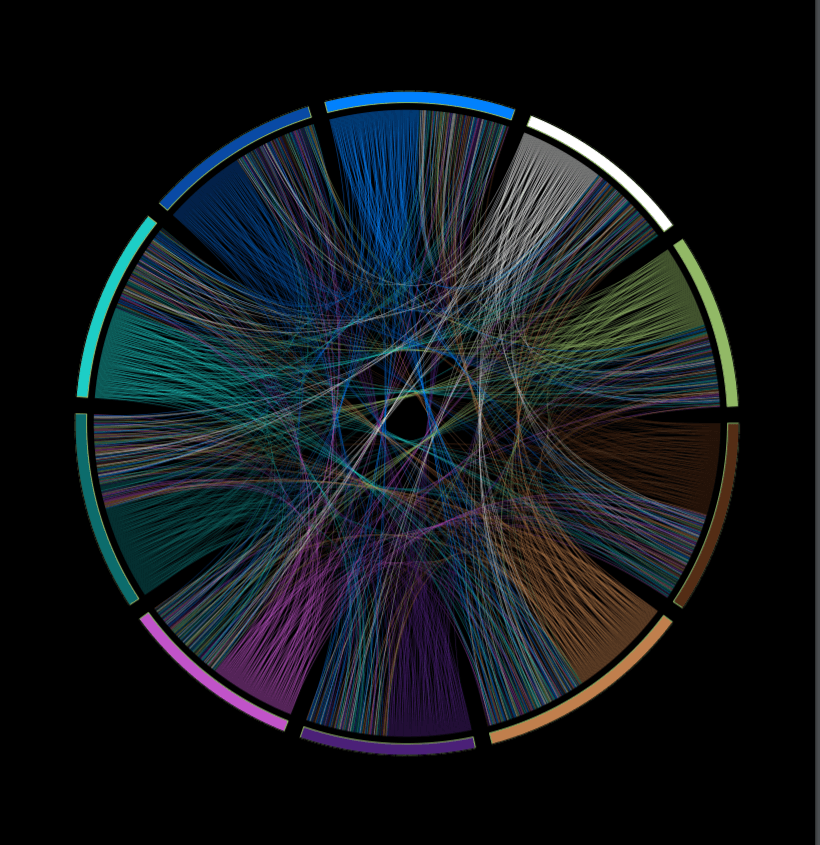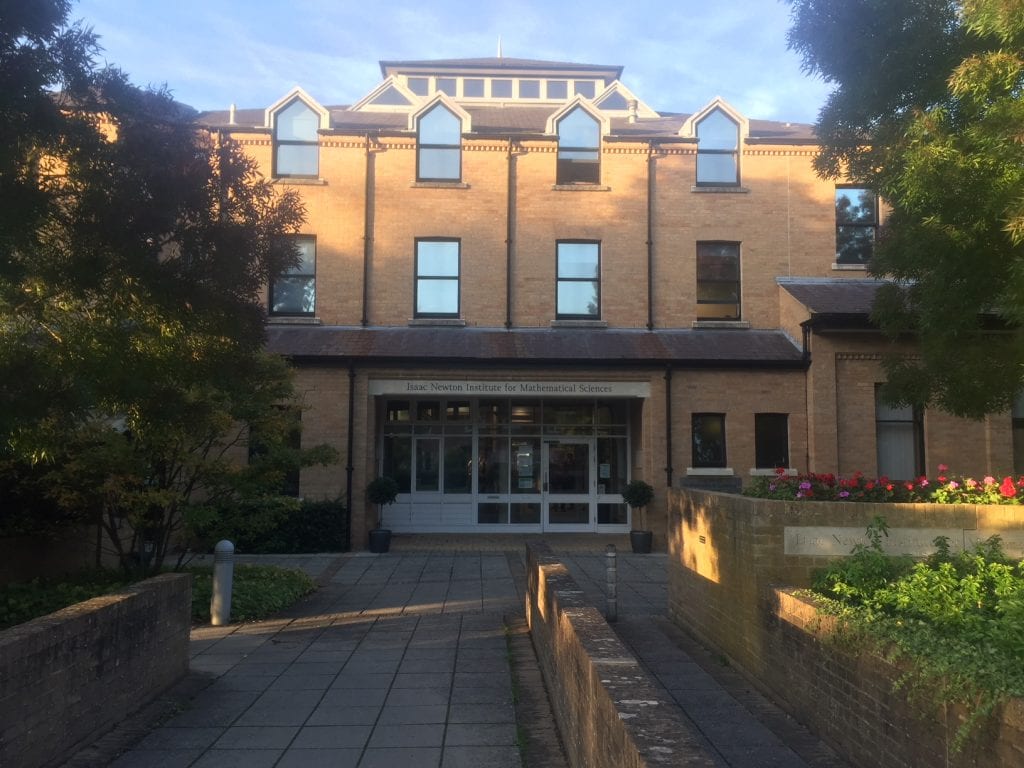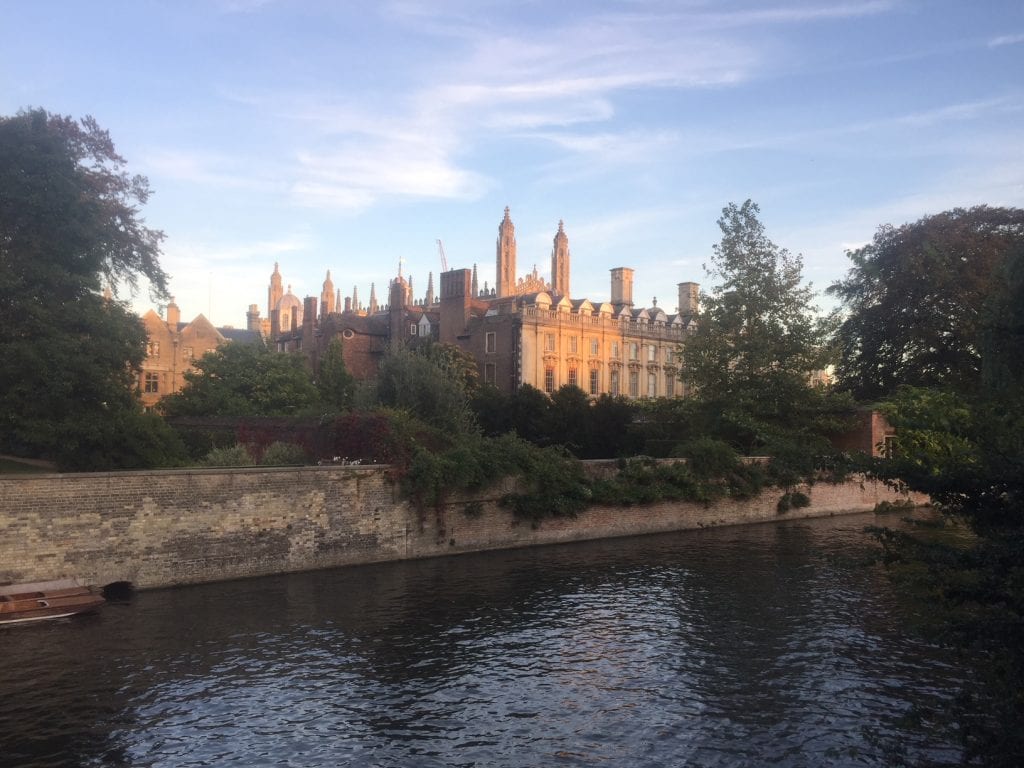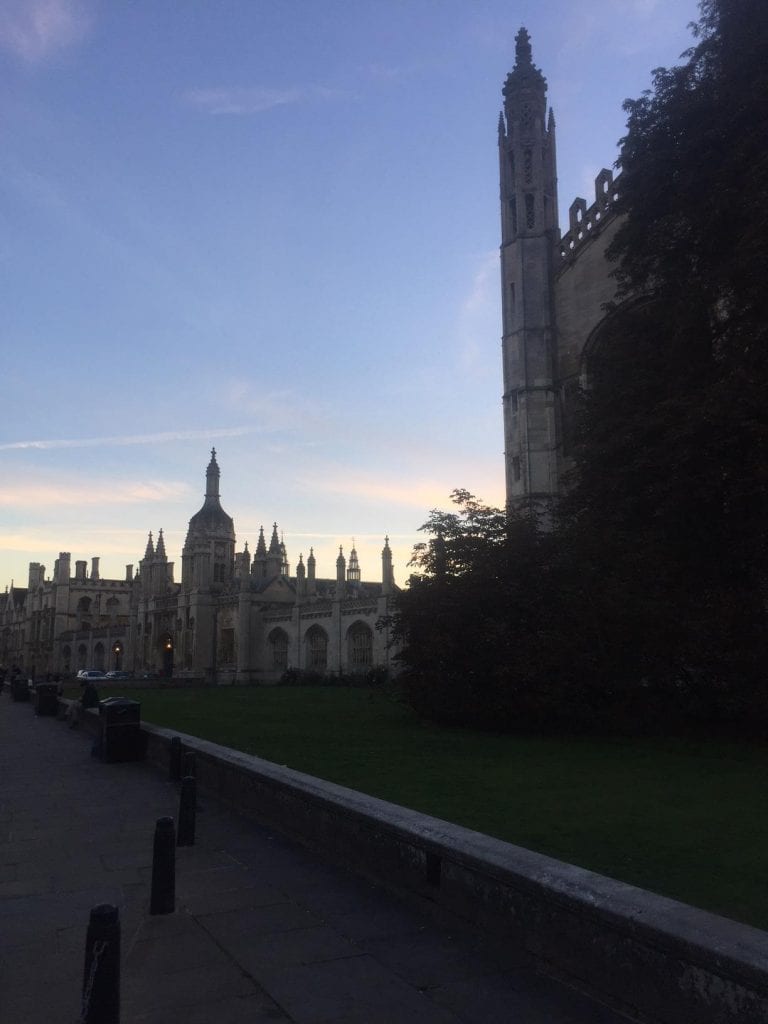A Birthday Talk
In 2023, I gave a talk titled Undergraduate Mathemagic on my birthday to a group of undergraduates at the University of Olivet (the campus is especially beautiful in the fall). I had a wonderful time. The talk focuses on a collection of surprising results in mathematics and is intended to be accessible to any undergraduate student in mathematics.
You can find the slides, prepared using LaTeX, here. While there was a considerable amount of board work to go along with the slides, they still provide an overview of my favorite curiosities in math to this day. [Note: It’s best to open the PDF with Adobe Acrobat Reader so that you can view it as a slideshow and click through.]
___________________________________________________________________________________________________
A Presentation by 8th Graders on Infinite Series
I recently had the pleasure of teaching a summer ‘Discovery’ course on infinite series to a beautiful group of 8th graders (“8’s”) as an instructor with the Wayne State University Math Corps. The class explored the convergence of certain geometric series and a subset of the students gave a short presentation at the program’s closing ceremonies. You can find the slides, which were prepared using LaTeX, here. [Note: It’s best to open this PDF with Adobe Acrobat Reader so that you can view it as a slideshow and click through.]
___________________________________________________________________________________________________
The Art of Preparing Notes
I’ve found great joy over the years in preparing notes for the classes I teach. As I write a lesson, it always brings me back to when I first learned about that particular topic.
I’m very proud of a set of notes I developed for MAT 2010 (Calculus I) at Wayne State University, especially because a lot of graduate students have used those notes to teach their own MAT 2010 classes since and have given me a lot of great feedback about them. You can find an excerpt of some notes I wrote introducing the Mean Value Theorem here.
___________________________________________________________________________________________________
Visualizing Pi in RStudio
The visualizations below were developed in RStudio while preparing a fun coding activity for STEM Day, an annual Wayne State University event where sixth through ninth grade students participate in hands-on sessions related to STEM. The activity, titled “Visualizing Pi”, is an interactive coding session for middle school students. The students execute code to recreate visuals such as those below. One of the goals is for students to see the relationship between mathematics and art. I executed these plots using other sources, such as Martin Krzywinski’s work. Martin creates such visuals for pi and e.
Above is another visualization of pi. One again assigns each digit 0-9 a unique color, and each colored dot seen in the visual then represents a digit of pi. The first digit of pi is represented by the dot in the (1,1) position in the above matrix, the dot in the (1,2) position represents the second digit of pi, the dot in the (2,1) position represents the 51st digit of pi, and so on, until we reach the dot in the (40,50) position of the matrix, representing the 2,000th digit of pi. Lastly, neighboring dots with the same color are connected by lines.
___________________________________________________________________________________________________
The Class Number & The Mayer-Vietoris Sequence
I’ve taken several excellent classes in the mathematics doctoral program at Wayne State University, my favorite probably being MAT 7600 (Real Analysis I), a course on measure theory.
I completed a final project for both MAT 7410 (Advanced Algebra II) and MAT 7570 (Topics in Geometry & Topology). The first project, which you can find here, is meant to be a survey of work done on the class number of a number field. The second project, which can be found here, is on the Mayer-Vietoris sequence.
Both of these expository papers are intended as accessible introductions to, say, a fellow graduate student in mathematics who wishes to get acquainted with these topics.
___________________________________________________________________________________________________
My Visit to the Isaac Newton Institute for Mathematical Sciences
Years ago, I visited the Isaac Newton Institute for Mathematical Sciences (INI) in Cambridge, UK for a conference on derived algebraic geometry and chromatic homotopy theory. You can view the conference webpage here. The INI is a visitor research institute, dedicated to running programs on different subtopics in mathematics. The institute is part of the University of Cambridge, and its conferences attract mathematicians from all over the world.
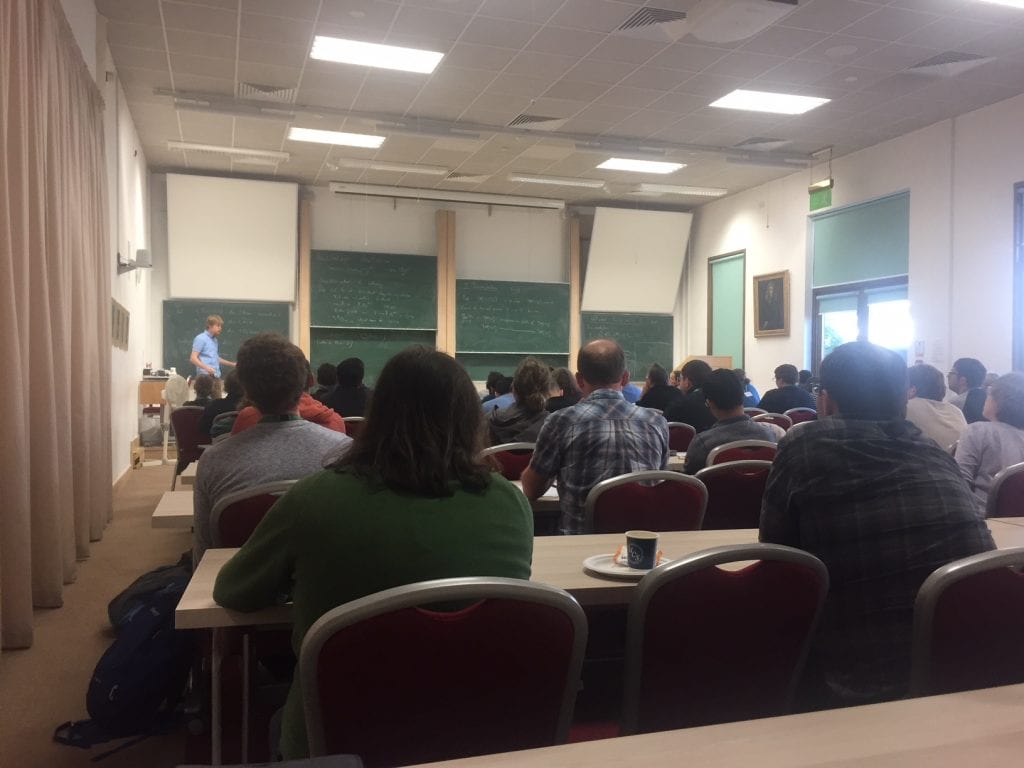
As a young researcher, it was an excellent experience. One of the personal highlights of my visit was meeting and speaking with Douglas Ravenel. Dr. Ravenel is my mathematical “grandfather”; he advised Andrew Salch, who is my current advisor. Professor Salch and I have been working on a research project that is largely derived from Ravenel’s work.
I also got to see the stunning architecture surrounding the University of Cambridge. Below are a few photos that I took on campus.
I would highly recommend any graduate students in mathematics like myself to visit the INI at least once!

